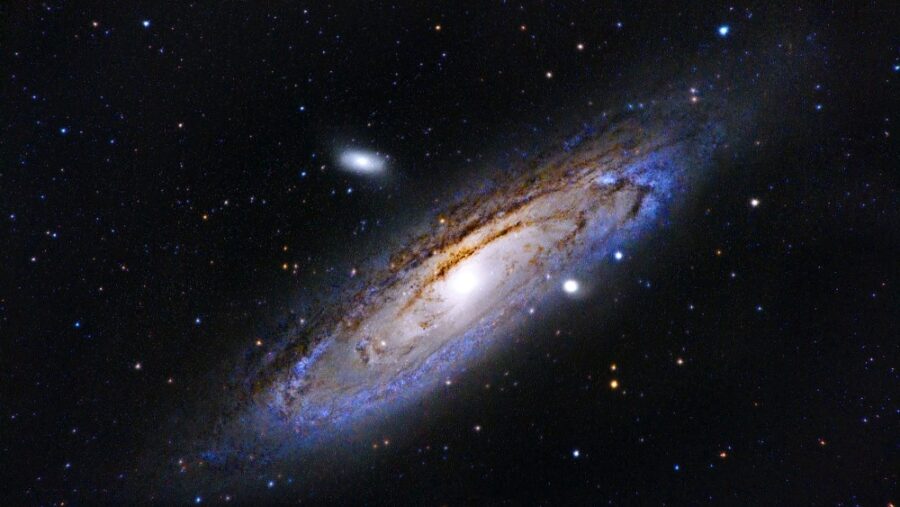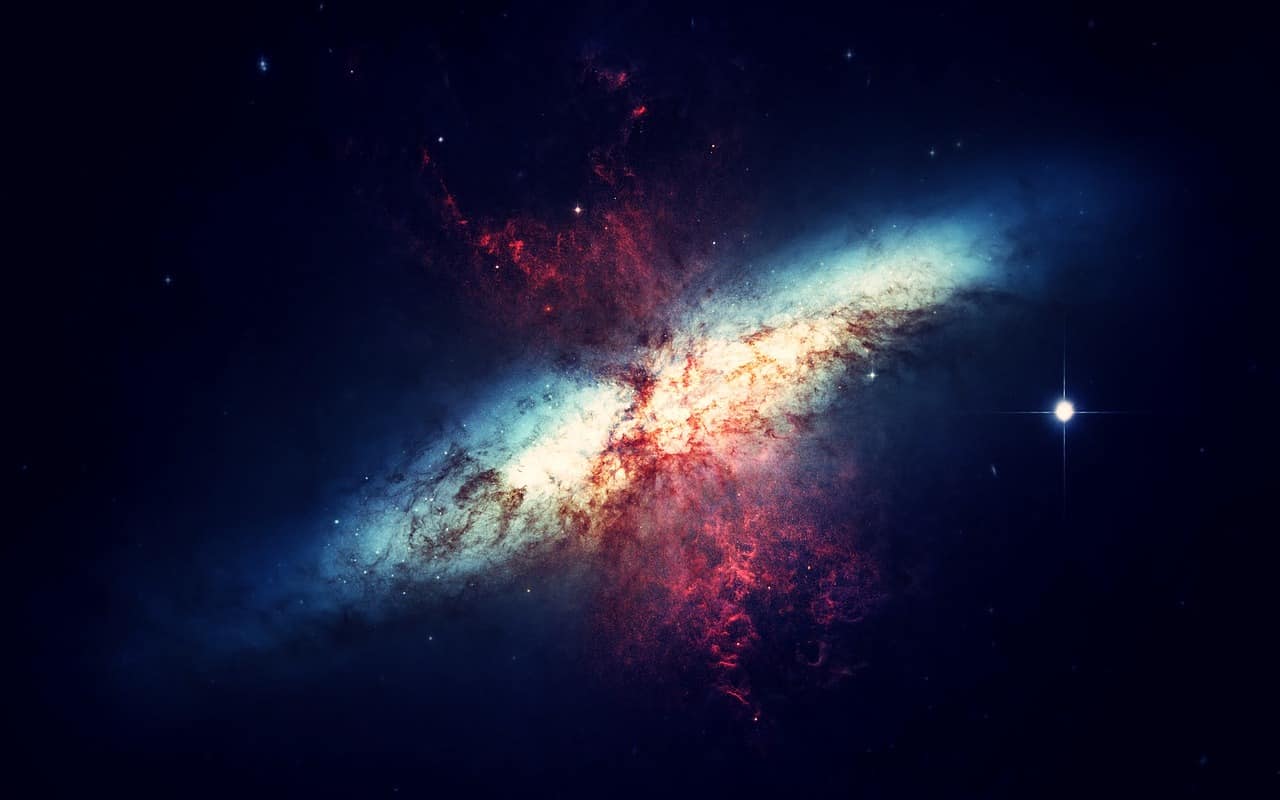Though technology has advanced so much in recent decades, the science of outer space remains largely mysterious, with each new deep-space discovery raising more questions than they ultimately answer. One recent example of this trend is the discovery made by a team of astrophysicists operating out of the Green Bank Observatory in West Virginia, which seems to be a completely starless galaxy.
The mass and motion of the enormous space blob seem to confirm a galaxy not unlike our Milky Way, without the presence of any stars at all, and thus, completely devoid of any light.
The starless galaxy was discovered when the Green Bank Observatory’s ultra-powerful telescope was accidentally pointed at the wrong coordinates.
This starless galaxy is the first of its kind to be discovered, as all galaxies human beings have observed thus far have been discovered thanks to light signatures emanating from distant stars. These stars provide billions of lumens, lighting up the void of space for light years, much like our solar system’s own red sun.
The newly discovered galaxy, which has been named J0613+52, seems to be a drifting haze of intergalactic gas which would normally only exist in the space between stars.

Astrophysicist Karen O’Neil, who leads the team of astronomers who discovered the starless galaxy, seems to believe that the gas formed during the early stages of the universe’s development, making the primordial galaxy one of the earliest known remnants in existence.
O’Neil presented her team’s findings this past week during the 243rd meeting of the American Astronomical Society, resulting in a number of intrigued astronomers taking to their telescopes to investigate and peer review her findings. J0613+52 was discovered over 270 million light-years away from the surface of Earth, and discovered entirely by chance.
As Karen O’Neil explained during a seminar, the starless galaxy was discovered when the Green Bank Observatory ultra-powerful telescope was accidentally pointed at the wrong coordinates. Though the lack of stars illuminating the field of view would normally be enough to make scientists pass right by it, the GBT team recognized mass and motion through advanced readings which could only signal the existence of a functioning galaxy.
The team has specified that there may actually be stars present within the galaxy, though none are visible to the complex machinery that discovered the region. The starless galaxy was discovered while researchers were studying small dwarf galaxies noted for their low surface brightness, often due to the existence of dark matter within the atmosphere. It is possible, though unprecedented, that J0613+52 contains stars entirely obfuscated by more dark matter than researchers have ever discovered within a single galaxy in history.
This starless galaxy is the first of its kind to be discovered, as all galaxies human beings have observed thus far have been discovered thanks to light signatures emanating from distant stars.
From what we do know about J0613+52, it contains hydrogen gas signatures and normal Doppler readings for galaxies of its size. Despite these readings, the starless galaxy shows no signs of gravitational interaction in the estimated 13.8 billion years that the gas has remained present in the region, baffling scientists as to how the blob hasn’t dissipated entirely over the course of its prolonged existence.
While the darkness of the region makes J0613+52 nearly impossible to study with modern telescopes, scientists have begun the arduous journey of unlocking the secrets the mysterious galaxy holds.
Source: Green Banks Observatory

Dr. Thomas Hughes is a UK-based scientist and science communicator who makes complex topics accessible to readers. His articles explore breakthroughs in various scientific disciplines, from space exploration to cutting-edge research.








